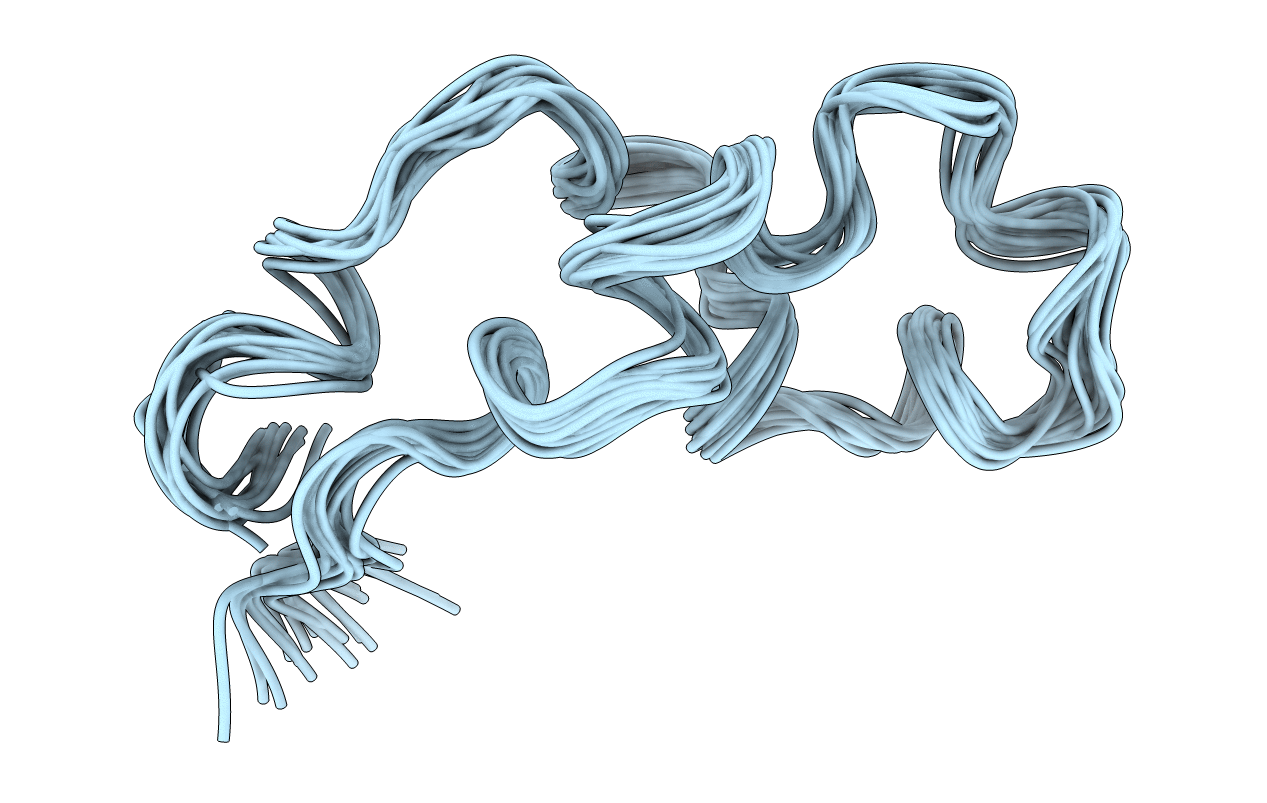
Deposition Date
2011-05-12
Release Date
2011-06-22
Last Version Date
2024-10-30
Entry Detail
PDB ID:
2LCZ
Keywords:
Title:
NMR Structure of the Complete Internal Fusion Loop from Ebolavirus GP2 at pH 7.0
Biological Source:
Source Organism:
Zaire ebolavirus (Taxon ID: 186538)
Host Organism:
Method Details:
Experimental Method:
Conformers Calculated:
200
Conformers Submitted:
20
Selection Criteria:
20 structures for lowest energy


